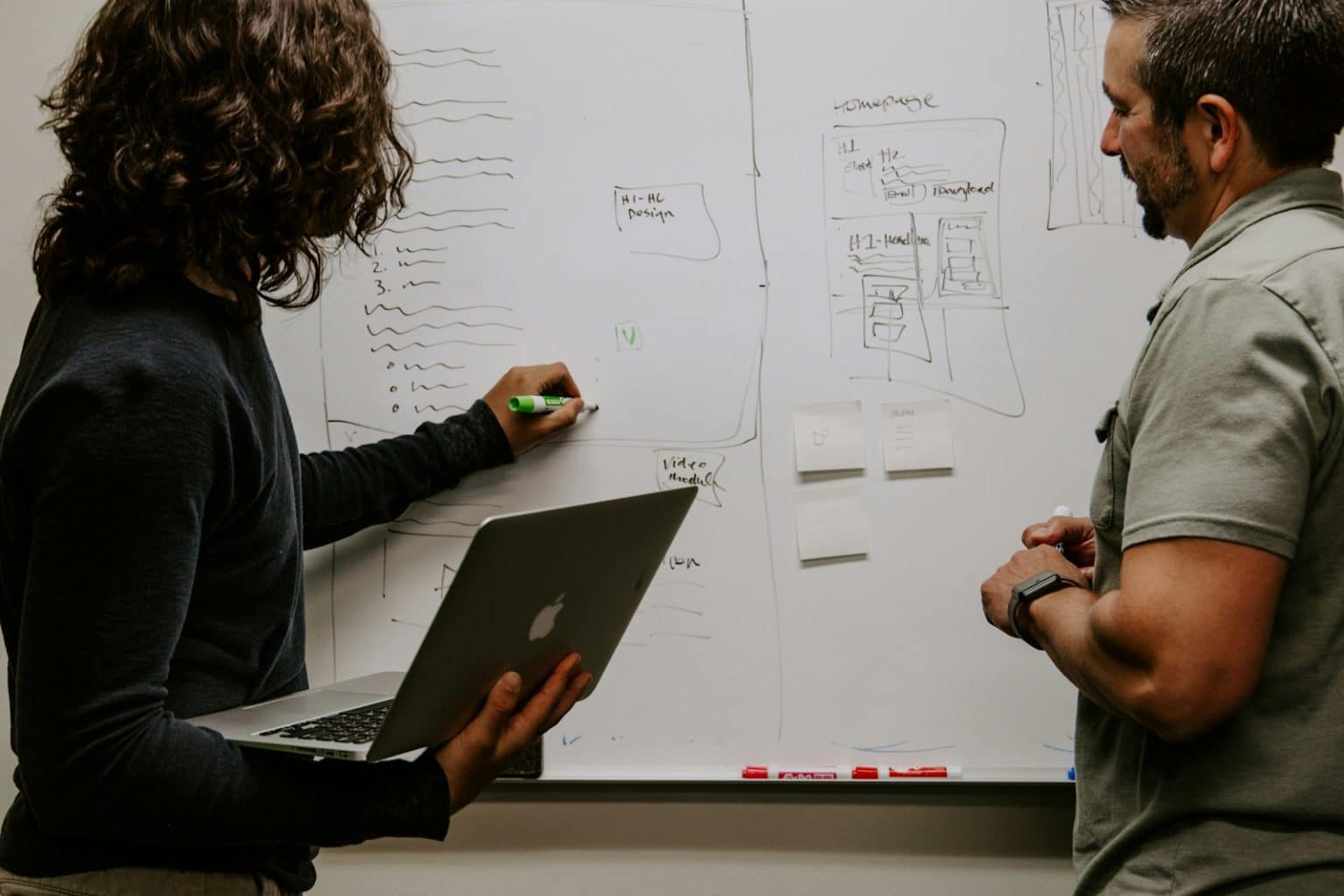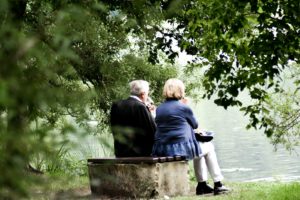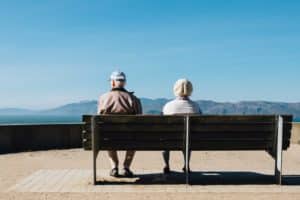How do I withdraw my 2nd pillar in Switzerland?
The second pillar (occupational pension) is an essential component of Switzerland's three-pillar retirement system, aiming to ensure insured individuals maintain a comfortable standard of living after their professional activity ends. The capital accumulated in a second pillar, known as retirement assets, can be withdrawn entirely or partially before or after the retirement age.
An early withdrawal can be made for several reasons, such as acquiring a primary residence, transitioning to self-employment, or permanently leaving Switzerland. Upon retirement, the minimum mandatory benefit provided by pension funds is one-quarter of the benefits as a lump-sum payment, upon the insured's request.
Conditions for withdrawing your BVG capital before retirement
Under certain strict conditions, the Swiss pension system allows you to withdraw your occupational pension assets (2ᵉ pillar) before retirement age.
1. Purchase of a principal residence
You can use your pension savings to finance the purchase, construction, or renovation of your primary residence, repay a mortgage, or acquire shares in a housing construction cooperative.
The property must be occupied by you as your primary residence. Until the age of 50, you can withdraw the entirety of your avoir de prévoyance. After 50, the withdrawable amount is limited to either the prestation de libre passage acquired at 50 years old or half of the prestation de libre passage at the time of withdrawal, whichever is higher.
- Early withdrawal can only be requested every five years.
- If you are married or in a registered partnership, the written consent of your spouse or partner is required.
- If you sell the property financed by the early withdrawal, you must repay the amount withdrawn, unless the proceeds are reinvested in a new principal residence within 2 years.
2. Starting a self-employed business
If you stop your salaried activity to become self-employed in Switzerland, you can withdraw the entirety of your LPP capital. To do so, you must provide proof of your new self-employed activity, such as a registration in the commercial register or AVS documents.
- Application for withdrawal must be made within one year of starting self-employment.
- If you are married or in a registered partnership, the written consent of your spouse or partner is required.
- This option only applies to self-employed persons in Switzerland (excluding corporations and limited liability companies).
3. Final departure from Switzerland
However, in the event of departure to a country in the EU or EFTA, due to agreements on the free movement of persons, the mandatory portion of your avoir LPP must remain in Switzerland in a vested benefits account until retirement age, unless you can prove that you will not be subject to the social security system of your new country of residence. The non-mandatory portion can be withdrawn immediately.
On the other hand, if you are moving to anEU or EFTA, eue to the agreements on the free movement of persons, the compulsory portion of your BVG/LPP credit must remain in Switzerland in an account of free passage until retirement age, unless you can prove that you will not be subject to the social security system in your new country of residence. The supplementary can be removed immediately.
Withdrawing BVG/LPP assets on retirement
When they reach retirement age, policyholders can access their accumulated assets according to the terms and conditions of their pension fund. In all cases, policyholders will be able to withdraw at least 1/4 of their accumulated retirement savings.
Reaching retirement age
Retirement age is set at 65 years old for men and 64 years old for women. At this age, you can withdraw the funds accumulated in your 2nd pillar.
Some pension funds allow early withdrawal from 58 years in the case of early retirement. Conditions vary according to the pension fund regulations.
If you continue working beyond the standard retirement age, it is possible to defer the withdrawal of your LPP assets until 70 years, subject to the provisions of your pension fund.
Forms of withdrawal
By default, Pillar 2 retirement benefits are paid in the form of annuity monthly annuity for life. The monthly pension is made up of the accumulated retirement capital plus interest, multiplied by the conversion rate (6.8%).
According to your pension fund’s regulations, you can choose to withdraw all or part of your assets as a lump-sum payment. It is important to note that this option requires a written request submitted within a specific timeframe before retirement. Deadlines vary by institution, so it is essential to inquire in advance.
Capital withdrawals from the 2nd pillar are taxed at a reduced rate, separately from other income. Therefore, it is wise to plan this withdrawal while considering the tax impact and, if possible, to spread the withdrawals over several years to mitigate the progressive nature of taxation.
Frequently Asked Questions
When can I withdraw my 2nd pillar before retirement age?
It is possible to withdraw assets from the 2nd pillar in the following cases:
Buying a primary residence To finance the purchase, construction or renovation of your principal residence.
Setting up your own business : If you become self-employed in Switzerland.
Definitive departure from Switzerland : If you are leaving the country permanently.
What are the tax implications of an early withdrawal?
The early withdrawal is subject to capital gains tax at a reduced rate, separately from other items of income.
If you plan to withdraw your assets, you must not make any buy-backs during the preceding 3 years. Otherwise, the tax savings will be cancelled.
Can I repay the capital withdrawn before retirement?
Yes, you can make purchases into the pension fund up to 3 years before retirement age, thereby replenishing your pension benefits.
What are the consequences of an early withdrawal on my pension benefits?
Withdrawing early reduces your retirement assets, which in turn reduces your future retirement pensions and, more generally, your insurance benefits (disability, survivors' benefits).





